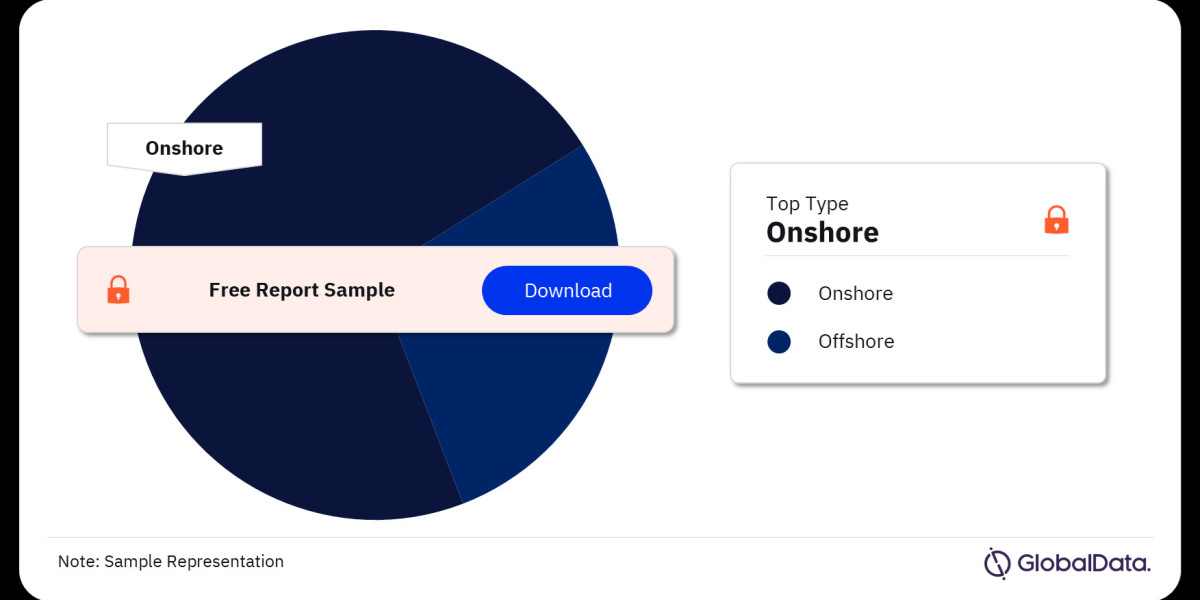This article delves into the current state, future prospects, and key factors shaping this dynamic market.
A Flourishing Industry
The UK boasts an impressive installed wind capacity of roughly 28.5 gigawatts (GW) as of 2024. This capacity is nearly equally split between onshore and offshore wind farms, each contributing around 14 GW. This translates to wind power being the second-largest electricity generation technology in the UK, responsible for a significant chunk – roughly one-third – of the nation's total electricity generation in 2022.
The story behind this success is one of remarkable growth. Over the past decade, wind power has witnessed a staggering 715% increase in electricity generation. This phenomenal rise can be attributed to several factors, including:
Government Support: The UK government has consistently implemented supportive policies towards wind energy. Measures like feed-in tariffs and Contracts for Difference (CfDs) have provided financial incentives for developers, making wind farms a viable investment proposition.
Technological Advancements: Advancements in wind turbine technology have brought down costs significantly. Offshore turbines, in particular, have become more efficient, with higher capacity factors compared to their onshore counterparts.
Favorable Public Perception: There is a growing public acceptance of wind farms in the UK. People recognize the environmental benefits of wind power and its role in combating climate change.
Offshore Dominance
The UK holds a distinct edge in the global offshore wind power market. As of 2023, the UK reigned supreme with a quarter of the world's total installed offshore wind capacity. This dominance can be largely attributed to:
Strong Winds: The UK benefits from strong and consistent winds blowing across its coastal regions, particularly in the North Sea. This provides an ideal natural resource for large-scale offshore wind farms.
Technological Expertise: The UK has developed a robust ecosystem for offshore wind development. This includes a skilled workforce, established engineering firms, and a well-developed supply chain.
Government Ambitions: The UK government has set ambitious targets for offshore wind power. It aims to quadruple offshore wind capacity to a staggering 40 GW by 2030, solidifying the UK's position as a global leader.
Market Growth and Future Outlook
The UK wind power market is poised for continued growth. Market analysts predict a Compound Annual Growth Rate (CAGR) exceeding 6% for the period 2022-2027. This growth will be driven by several factors:
Upcoming Projects: A significant pipeline of wind farm projects, both onshore and offshore, is in various stages of development. These projects, upon completion, will add substantial capacity to the grid.
Focus on Renewables: With the UK aiming to achieve net-zero emissions by 2050, there is a strong emphasis on increasing the share of renewables in the energy mix. Wind power, due to its established track record and cost-effectiveness, is well-positioned to benefit from this push.
Technological Innovations: Continuous advancements in wind turbine technology, including larger turbines and floating offshore wind farms, will further enhance efficiency and reduce costs, making wind power an even more attractive proposition.
Challenges and Considerations
Despite the promising outlook, the UK wind power market faces certain challenges:
Grid Integration: Integrating large amounts of variable renewable energy sources like wind power into the grid presents a challenge. Investment in grid infrastructure and energy storage solutions is crucial to ensure grid stability.
Planning and Permitting: The planning and permitting process for wind farms can be lengthy and complex. Streamlining these processes will be essential to expedite project development timelines.
Public Acceptance: While public perception towards wind power is generally positive, there can be local concerns regarding visual impact and potential environmental effects. Open communication and community engagement are vital to address these concerns.
Conclusion
The UK wind power market stands as a testament to the nation's commitment to clean energy and a sustainable future. With a robust installed capacity, ambitious growth plans, and a supportive government framework, the UK is well on its way to becoming a global wind power powerhouse. By addressing the existing challenges and fostering continued innovation, the UK wind power market can ensure a secure and sustainable energy future for generations to come.
Buy Full Report for More Insights on the UK Wind Power Market Forecast, Download a Free Report Sample



